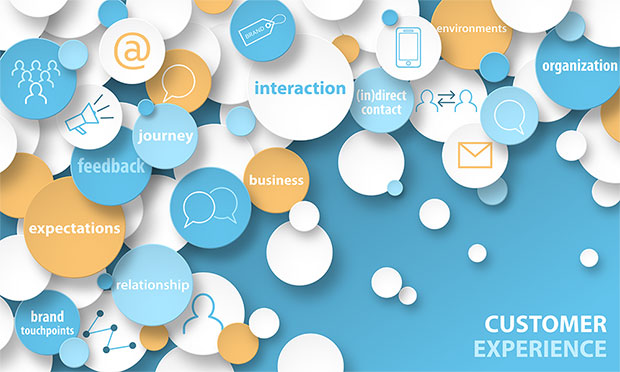The contact center uses familiar benchmarks to determine if a call, chat or email is successful or not. Call metrics such as net promoter score (NPS), handle time, and amount of silence are correlated with positive or negative outcomes.
However, insights from speech analytics technology prove that these metrics only tell part of the story. What’s missing? Context — and it’s the essential ingredient to getting the customer experience recipe right.
Without context, companies can miss out on what’s really going on. Calls may be longer because there’s more engaging conversation. Silence may ensue because a customer is looking for a credit card to renew a service.
The industry doesn’t need standardized benchmarks — it needs actionable insights. With speech analytics, metrics that portray real meaning can be measured to discover the actual ingredients to a successful call.
Evaluate Agent Behavior, Not Call Length
One of the most widely used metrics for determining if a call was successful is call length or average handle time (AHT). The notion that shorter engagements are better is old fashioned. In today’s world of self-service, agents often handle more complex problems for customers — problems that the customers could not self-service and thus required calling in to a live agent. That leads to the next area of insight: agent performance.
Contact center managers need to assess what really provides insight: agent behavior. By evaluating the actions that the agent takes — such as active listening, showing empathy, and successfully straying from the script in certain situations — much more is gained. That’s because of the crucial role active listening plays in a successful call.
Forty-six percent of consumers just wanted someone to listen to them when asked about their emotional state before calling a call center, research indicates — yet only half reported they felt listened to after contact with a call center agent.
Speech analytics actually can identify words and phrases that show empathy to put the customer at ease, as well as highlight active listening skills to give contact centers the metrics that measure what’s meaningful.
On top of measuring what matters, the right technology can offer real-time call monitoring to give agents performance feedback during a call to ensure employees are guided as they learn to express more empathy.
With automated call scoring, contact centers have the ability to aggregate any number of interaction metrics — including acoustic measures and customizable categories for compliance, churn and brand reputation — to see trend analysis on what’s actually working and what isn’t.
Analyze Customer Sentiment, Not Just Satisfaction
Another metric that organizations are known for measuring in the contact center is the amount of silence on calls — but just as with call length, it’s impossible to derive real insight that can improve CX without context.
That’s because silence is not golden in the contact center, right? Analysis of what is said and how it is said is a better indicator for CX success.
A unique feature of speech analytics is sentiment analysis. With it companies are able to identify words, phrases and acoustic qualities that demonstrate whether a customer is happy or unhappy. This combination is crucial to understanding what triggers positive and negative reactions and outcomes on a call.
Think about the possibility of measuring customer compliments to assess agent performance — which then can help supervisors reward high-performing agents and coach those who are underperforming.
This real-time feedback offers speed to insight directly after a successful call to help agents know exactly what led to the desired outcome (or undesired outcome) for self-coaching and growth.
Evaluate Unsolicited Data, Not Only Surveys and NPS
Lastly, another commonality among many contact centers is their reliance on surveys and net promoter scores alone — but these methods of collecting feedback don’t shed light on the actionable insights needed to improve CX. Why? Mainly because these methods focus on a very small sample of interactions, and they often are captured after the fact without any context for color.
Information on why someone called, how the agent handled the issue, whether it was resolved, and the sentiment verbally expressed and demonstrated within a conversation is crucial to understanding and improving a company’s CX.
Unsolicited feedback derived from speech analytics is full of context and insights that answer these essential questions and can be used to influence customer experience and satisfaction — yet much of this data goes unused.
When you combine the insight from this unsolicited feedback with findings from surveys and NPS, you have access to the “before, during and after” picture of the experience. In turn, the organization has access to operational problems and CX issues, as well as hidden sales and marketing opportunities that can spark engagement and revenue.
It’s time to advance traditional metrics that contact centers have used to evaluate calls for decades. Many organizations have begun to raise the bar beyond call length and amount of silence.
With speech analytics, we now have access to a world of insights that depict what really makes a successful call. We’re now able to assess agent behavior, analyze customer satisfaction and evaluate unsolicited feedback — and with this data, the possibilities for improving CX are truly endless.













































